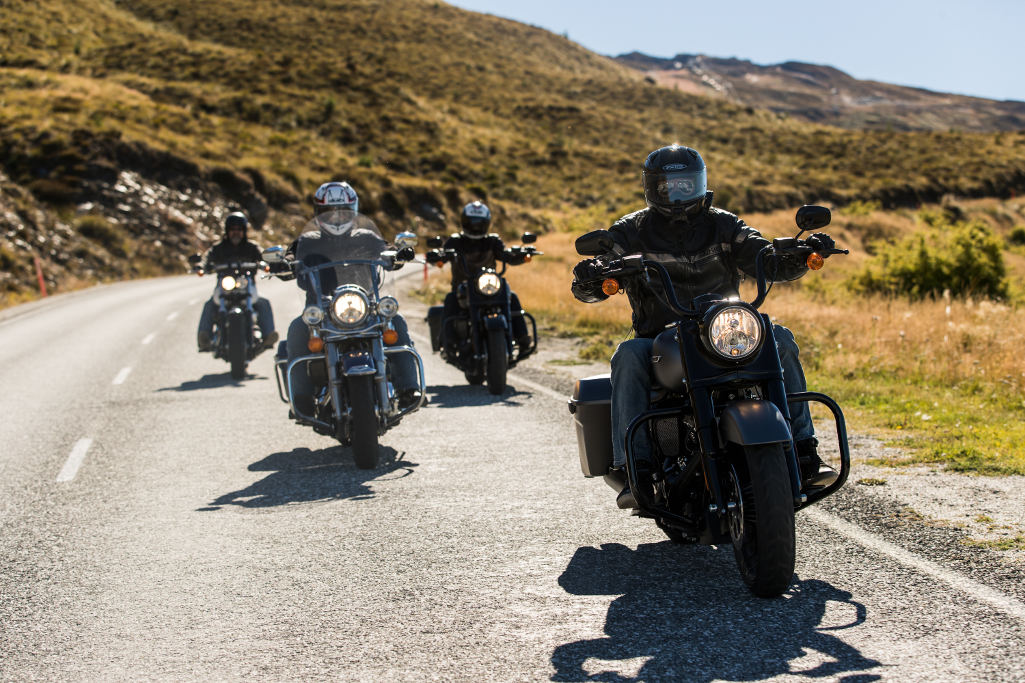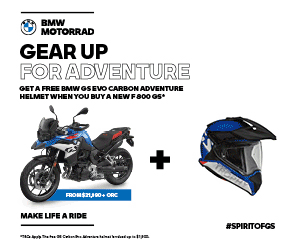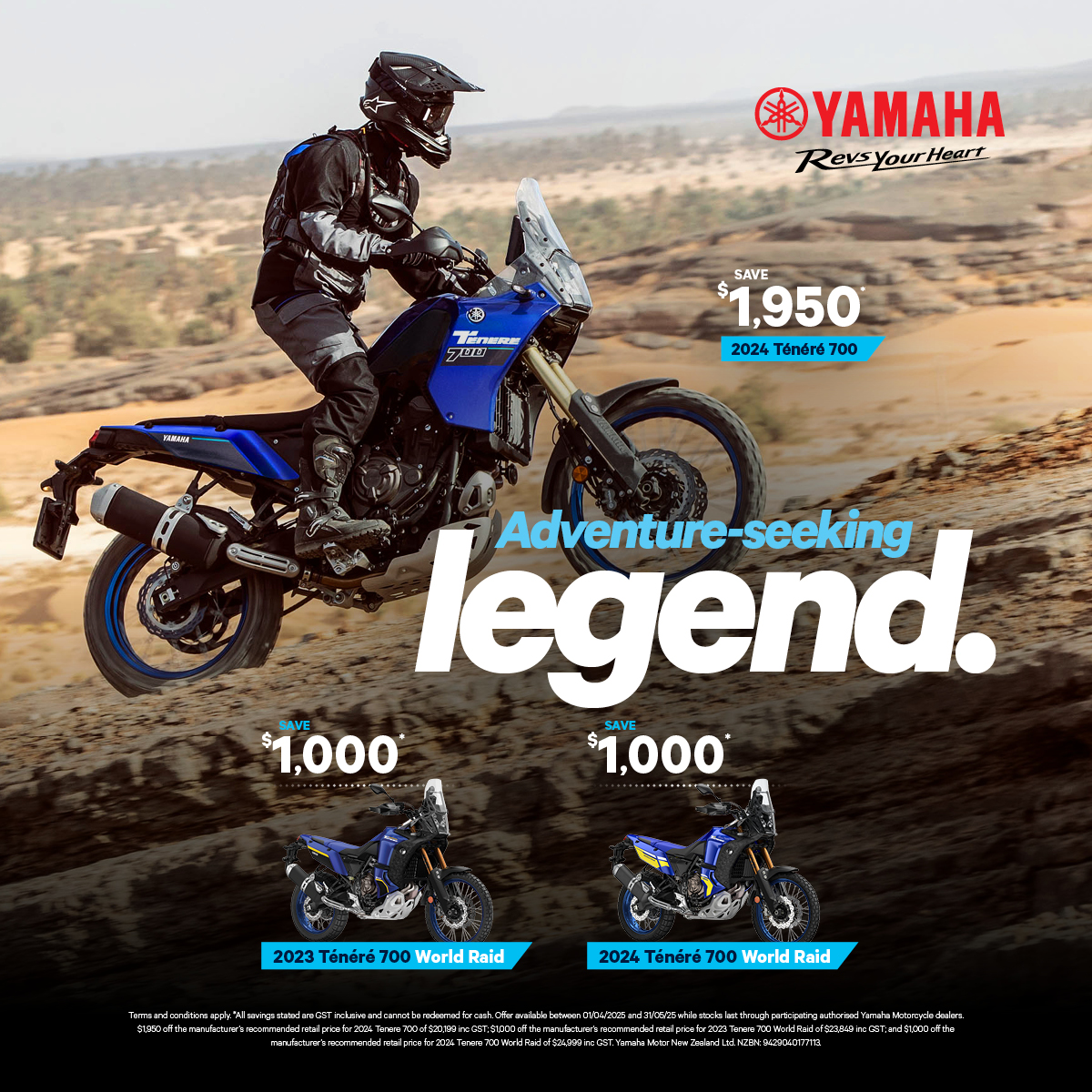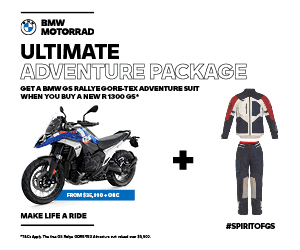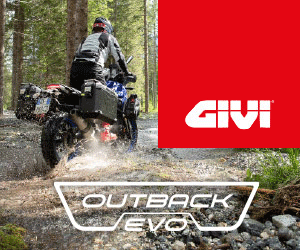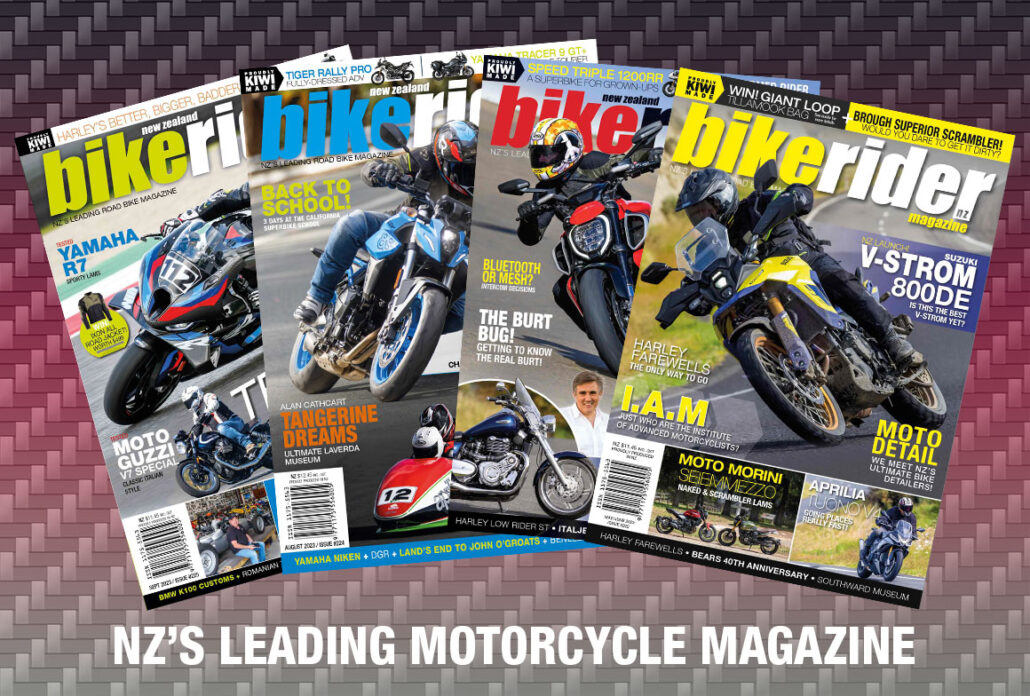The social aspect of riding a motorcycle is a bonus that you don’t truly appreciate until you’re sitting down for a drink at the end of a great ride with like-minded individuals. Getting there as a group, however, involves a few more tricks than your everyday solo ride…
Arrive ready to ride
This doesn’t mean arrive with a head full of enthusiasm and an itchy throttle hand. This means you are ready to hit the road with a full tank of gas, all your gear, a form of communication in case you get separated, and anything else you would expect to need on a ride. No group wants to get five minutes down the road only to have to stop for one person to get gas…
Have a game plan
Before your group sets out, make sure everyone knows what the plan is. This includes who will be the lead and tail riders, the general route and possible rest stops. This will ensure everyone is on the same page and help to mitigate any anxiety felt by newer riders. It’s often helpful to place the less experienced riders in the group behind the leader, so the group’s pace is kept to a level where everyone can enjoy the ride.
Who’s in charge here?
While we motorcyclists are generally an egalitarian lot, in the case of riding in a group it is important to have someone in charge. Not only will they be the person at the front who knows the route and sets the pace, they are also responsible for keeping the group together and behaving correctly. It’s hard to stop a group of riders if you’re the tail end Charlie after all.
Keep the group small
While we all love the sight of a parade of bikes, with more riders inevitably comes more risk. Picking your riding partners should be like picking your friends: be selective. You want to enjoy your company after all. Not only is it easier to keep everyone together, you’re less likely to get riders in the party who will cause you headaches. After all, more riders mean there’s more chance for someone to stuff up and bring your ride to a screeching halt.
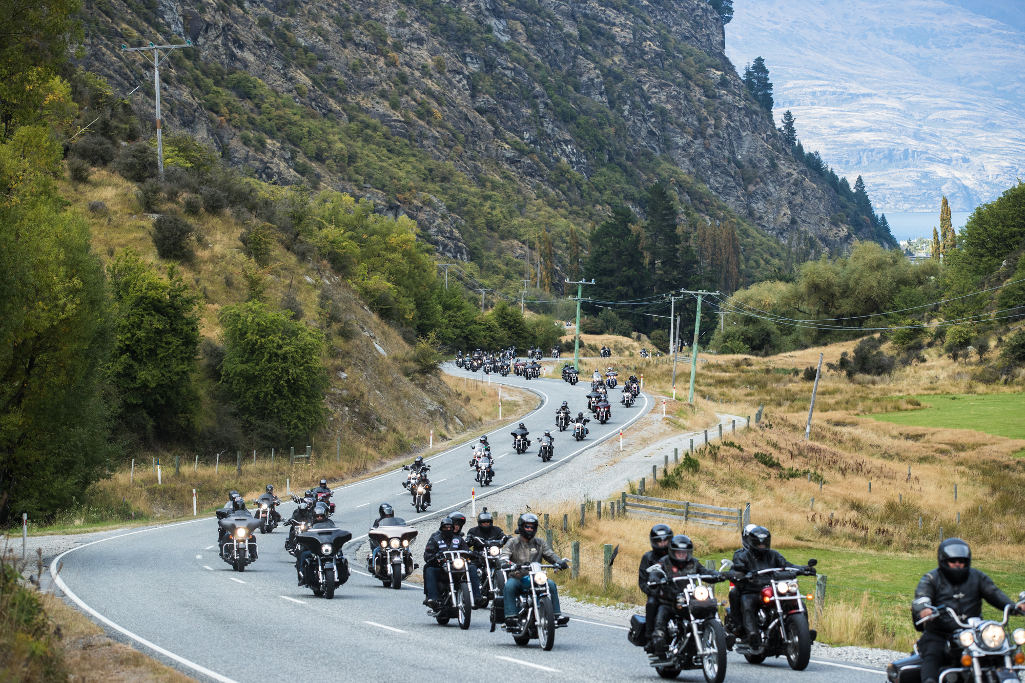 Stagger formation
Stagger formation
While riding by yourself gives you plenty of options for where to place yourself on the road, for the most part when riding in a group you need to ride in a staggered formation. Why? Because it gives you more room to work with while also keeping the group together. It’s not much of a group ride if your “group” is separated along five kilometres of highway, is it?
To do this is essentially a universal technique, where the leader rides to the side of the road nearest the centreline, in our case here in NZ, the right-hand side of the lane. The second rider stays a little behind and rides in left-hand side of the lane. A third rider would take the right-hand position, keeping a normal two-second distance between the first rider. The fourth rider would be a normal two-second distance behind the second rider, in the left-hand side of the lane, and so on.
This formation allows the group to close ranks without reducing following distances and without having riders positioned beside one another.
There are of course instances when riding in a staggered formation is not ideal, with corners or narrow roads being the primary examples of when it might be safe to revert to single file. Once the road straightens out or opens up, you simply move back into the staggered formation to ensure you’ve got all the space you need. Avoid riding side by side with another rider, as if anything comes up in your path, you’ll have very little in terms of space to manoeuvre.
Be vigilant
A group is only as safe as its weakest member, so it’s important to keep your head on a swivel when riding in a group. While many hazards will remain the same as they would be on a solo ride, you also need to be conscious of how your reaction will affect those around you too. Be vigilant, be courteous, be safe.
Ride your own ride
We can’t stress this enough, even though you are riding with others, you still need to ride your own ride. Yes, you are riding in a group with others because you enjoy the shared experience of motorcycling, but this doesn’t mean you have to ride outside of your comfort zone, or more importantly, your own riding abilities. A good ride leader will keep the pace down to within the ability of the slower riders in the group, but if you find you’re pushing yourself a bit much, back off.

